Amyloglucosidase Enzyme (Glucoamylase) – 20 KG
Amyloglucosidase Enzyme (Glucoamylase) is an enzyme specially developed to improve dough quality, enhance product texture, and provide better fermentation in the baking industry. This enzyme, which breaks down starch and complex carbohydrates into simple sugars (maltose and glucose), offers an ideal solution especially for bread and other baked goods. The product also has a wide range of applications in industries such as beer production, biofuel, and starch processing.
Product Features
- Dosage: 0.1 – 1 g / 50 kg raw material (usage amount can be adjusted according to production conditions).
- Allergen: Contains gluten.
- GMO-Free: The product does not contain genetically modified organisms (GMO) or recombinant DNA.
- Radioactivity: The product and its components have not been irradiated.
- Packaging: 20 kg net weight in cardboard box with PE inner packaging.
- Shelf Life: Minimum 12 months when stored in a cool and dry place in its original packaging.
The Role of Glucoamylase in the Baking Industry
1. Improves Dough Fermentation
Glucoamylase enzyme converts starch in the dough into fermentable sugars such as glucose and maltose, increasing yeast activity. This process provides faster and more effective fermentation. As a result:
- Softer Dough: The flexibility of the dough increases during the fermentation process.
- Larger Volume: Increased gas retention in the dough results in volume increase in bread.
- Improved Taste and Aroma: By-products formed during fermentation give bread a natural flavor and aroma.
2. Enhances Bread Quality
Glucoamylase offers significant improvements in texture, volume, and appearance of baked goods:
- Crust Color: Glucoamylase supports the formation of a more homogeneous and attractive color on the crust.
- More Airy and Porous Structure: It ensures more effective retention of gases in the dough, creating a homogeneous pore formation in the internal structure.
- Delays Staling: The enzyme helps bread maintain its freshness by slowing down starch crystallization.
3. Superior Performance in Frozen Doughs
The use of frozen dough in baking is increasingly common. Glucoamylase enzyme provides these advantages in frozen dough processes:
- Prevents Volume Loss: Maintains dough stability during thawing and baking.
- Longer Shelf Life: Enhances the quality of the final product by delaying staling in frozen products.
Applications Outside of Baking
1. Beer Production and Distilling
Glucoamylase Enzyme plays a critical role in converting starches to fermentable sugars in beer and alcoholic beverage production. This process provides high-efficiency and quality production for the beer and distilling industry:
- Processing of Malted Grains: Starches in malted grains like barley are converted to glucose by glucoamylase. These sugars are used by yeast for alcohol production during fermentation.
- High Alcohol Yield: The enzyme increases efficiency by enabling more sugar to be converted into alcohol production during fermentation.
- Flavor Development: Glucoamylase ensures fermentation is kept under control and a consistent flavor profile is achieved.
- Special Applications: Used in the distilling industry for processing starch-based raw materials in the production of alcohol varieties such as whiskey, rum, and vodka.
2. Biofuel Production
In the biofuel sector, glucoamylase enzyme enables the conversion of corn, wheat, or other starchy raw materials into ethanol production. This environmentally friendly process plays a major role in meeting the demand for renewable energy sources:
- Conversion from Starch to Glucose: The enzyme hydrolyzes starch to glucose. This glucose is used by yeast or bacteria for ethanol production during the fermentation process.
- Sustainability: Glucoamylase reduces energy consumption in biofuel production and creates less environmental impact compared to chemical processes.
- Efficient Production: The enzyme works effectively at high temperatures and in a wide pH range, providing flexibility and efficiency in production processes.
- Industrial Use Example: It is particularly preferred in corn-based bioethanol facilities.
3. Starch Processing
Glucoamylase plays an important role in the production of starch-based products used in food, pharmaceutical, and other industries. This enzyme, which breaks down complex carbohydrates into simple sugars, has a wide range of applications:
- Food and Sweetener Production:
- Glucose Syrups: Used in the production of glucose-based sweeteners used in the food industry. These syrups are common in soft drinks, confectionery, and bakery products.
- Maltodextrin: Glucoamylase is used in the production of maltodextrins, which are used to add volume and improve texture in food products.
- Pharmaceutical Applications:
- Drug and Vitamin Production: Glucoamylase plays a role in processing starch-based products used as fillers or carriers in the pharmaceutical industry.
- Industrial Applications:
- Paper and Packaging: Glucoamylase is used in processing starch-based adhesives used in paper production.
- Bioplastic Production: It enables the production of glucose-based compounds necessary for renewable plastic raw materials.
4. Animal Feed
In animal feed production, glucoamylase improves the digestibility of feeds by converting complex carbohydrates into simple sugars:
- Increases Nutrient Absorption: Glucoamylase converts starch to glucose, allowing animals to get more energy from feeds.
- Economic Advantages: It reduces production costs by enabling higher nutritional value with less feed.
- Suitable for Farm Animals: Glucoamylase is widely used in feed formulations for animals such as cattle and poultry.
Technical Advantages
- Natural and Reliable: A completely natural product that does not contain GMOs or radioactive content.
- Production Efficiency: Facilitates dough processing processes, providing high efficiency in production lines.
- Flexibility: Can be easily adapted to different baking processes and flour types.
How to Use Amyloglucosidase Enzyme (Glucoamylase)?
- Dosage: 0.1 – 1 g / 50 kg dough or flour. The specific amount of use should be optimized according to the product type and production line.
- Application: The enzyme can be added directly to the dough mixture. It mixes easily with other ingredients for effective results.
- Storage: Should be stored in a cool, dry place; keep away from direct sunlight. After opening, the package should be protected in an airtight manner.
Economic Advantages of Using Glucoamylase in Baking
- Cost Efficiency: Enables higher volume of product from less raw material.
- Extending Shelf Life: Optimizes production and logistics processes by reducing the rate of staling.
- Energy Savings: Requires less energy and resource consumption compared to traditional methods.
Redefine Quality in Baking
Amyloglucosidase Enzyme (Glucoamylase) is a revolutionary solution in modern baking processes in terms of quality, efficiency, and product variety. It offers superior performance in terms of taste, texture, and appearance in bread, cakes, and other baked goods. It stands out as a reliable partner at every stage from frozen dough applications to fresh bread production.
Powerful Solution in Baking and Industrial Use
Amyloglucosidase Enzyme (Glucoamylase) is a unique solution in terms of quality, efficiency, and sustainability in baking and other industrial production processes. It is an ideal choice for manufacturers who want to improve dough quality, extend shelf life, and optimize product efficiency. To discover more baking enzymes, you can visit our Baking Enzymes category.
Be the first to review “Amylglucosidase Enzyme (Glucoamylase) 20 KG” Cancel reply
Related products
Baking

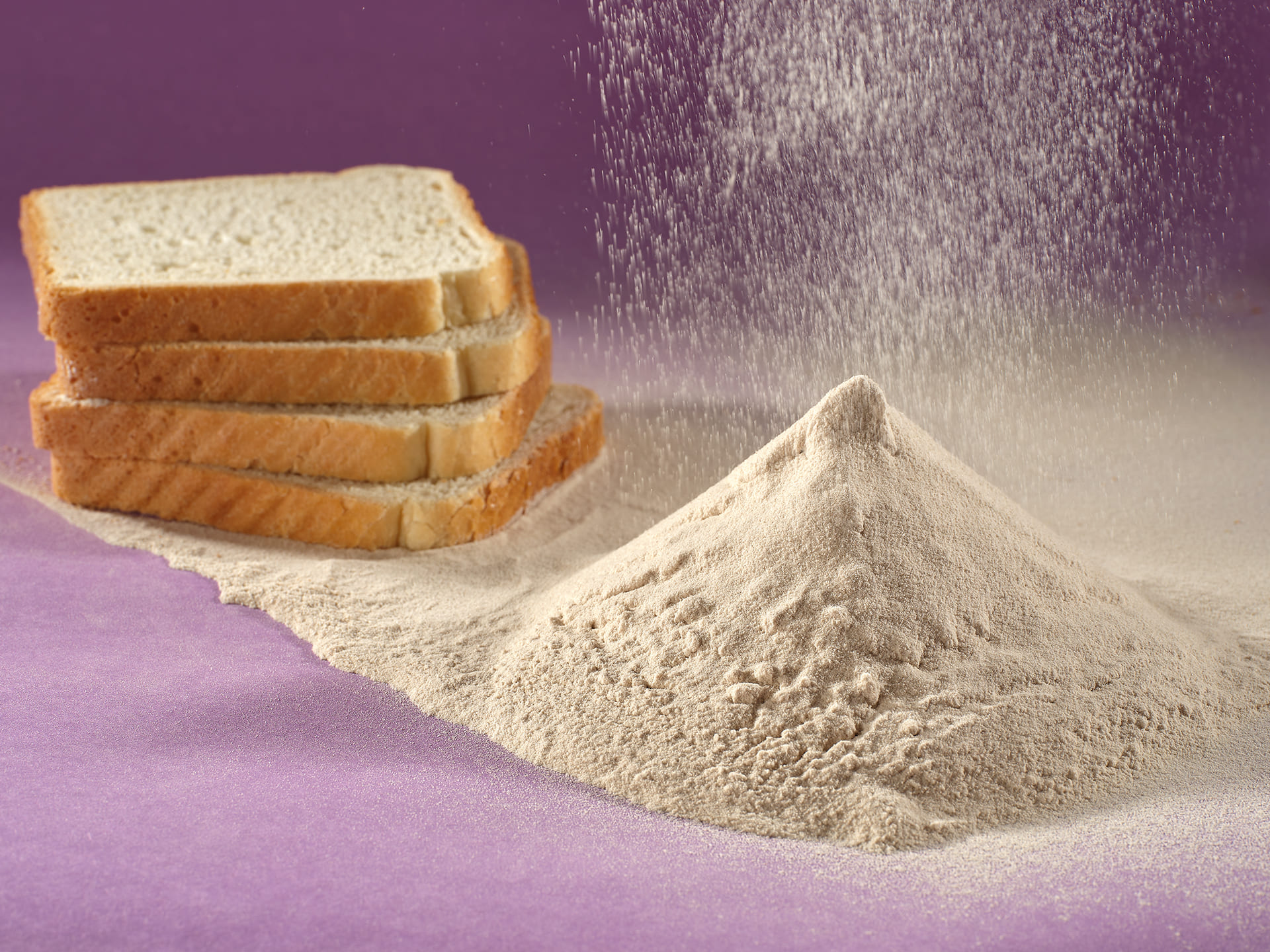
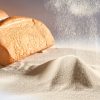


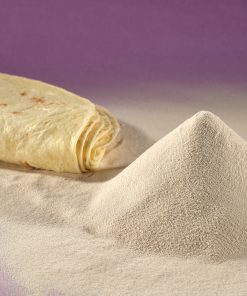



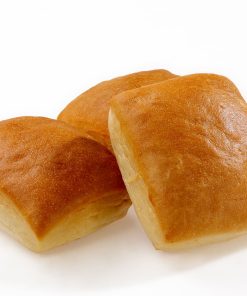
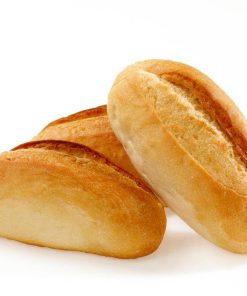
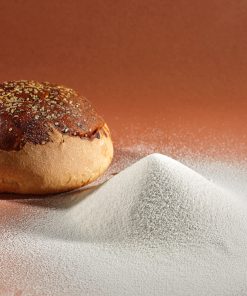

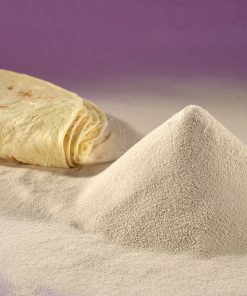
Reviews
There are no reviews yet.